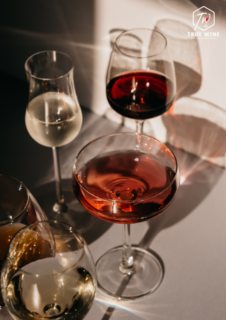Mục lục
What is residual sugar in wine and where does it come from?
When we first heard about residual sugar, we felt a little uneasy. After all, we’ve been told that wine isn’t sweet. So, let’s determine the amount of residual sugar in wine and what can happen in different wines.
Wines can generally be sorted into five different levels of sweetness based on their residual sugar.
Definition of residual sugar
Residual sugar (or RS) is from the natural grape sugar that remains in the wine after the alcoholic fermentation is finished. It is measured in grams per liter.
So, for example, a wine with 10 grams per liter of residual sugar has 1% sweetness or ~1.8 total carbohydrates per serving (5 ounces/150 milliliters).
How much residual sugar is in wine?
The amount of residual sugar varies in different wines. In fact, many grocery store wines labeled as “dry” contain about 10 g/L of residual sugar. Notably sweet wines start with about 35 grams of residual sugar per liter and then work your way up from there.
In case you didn’t know, the sugar in grapes is a blend of glucose and fructose. During fermentation, yeast feeds on these sugars to make alcohol. It is possible to stop the fermentation before all the sugar is consumed (through refrigeration or filtration).
Do wineries have added sugar?
Some countries (such as France and Germany) allow the addition of sugar before or during fermentation. This method is called “Chaptalization” and it is used to increase the total alcohol level when using unripe grapes. Chaptalization is not meant to enhance the sweetness of the wine.
Chaptalization was performed in cooler climates, but was easily dismissed by critics as unnecessary manipulation.
TRUE WINE SYSTEM IN VIETNAM
























